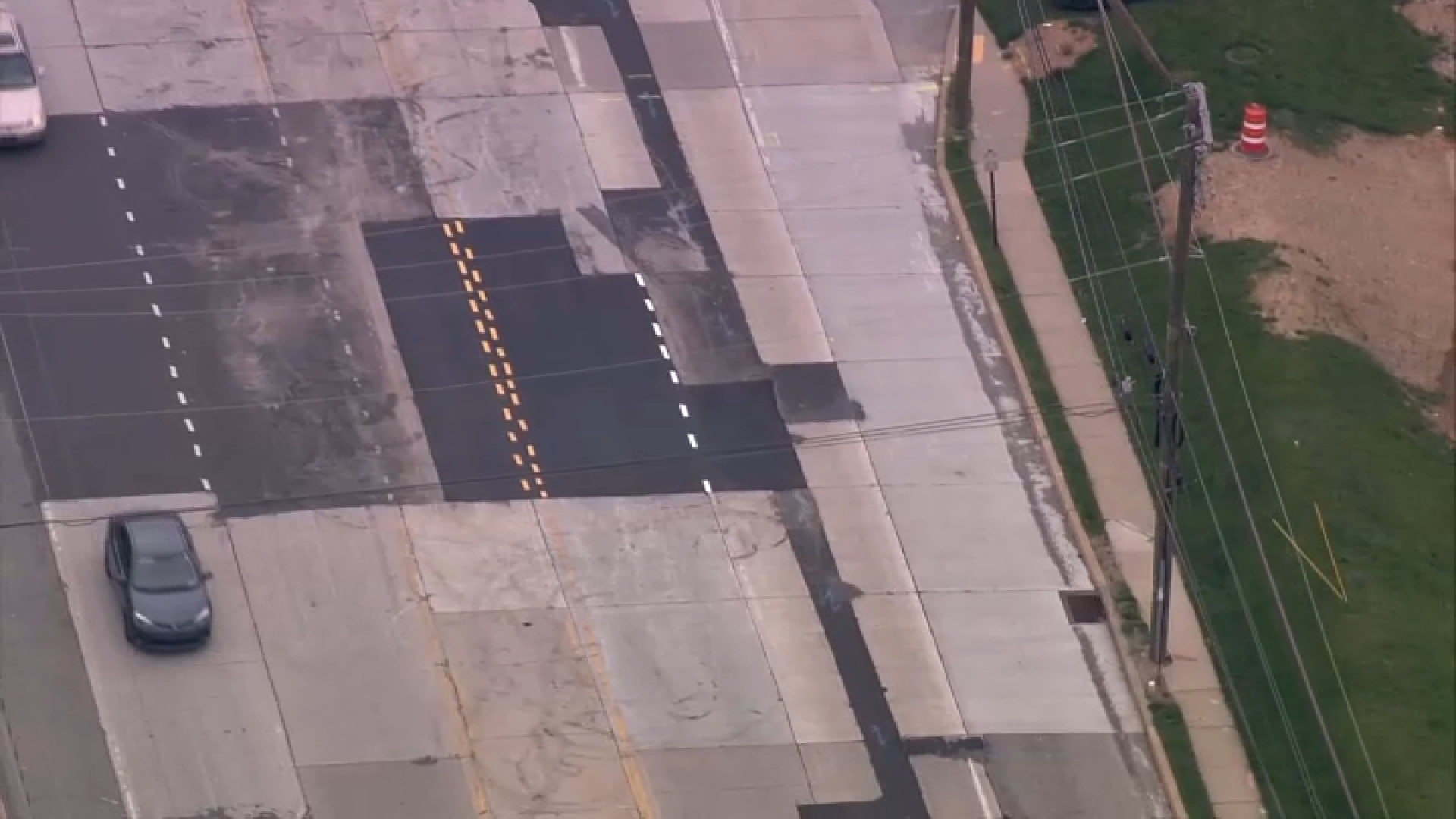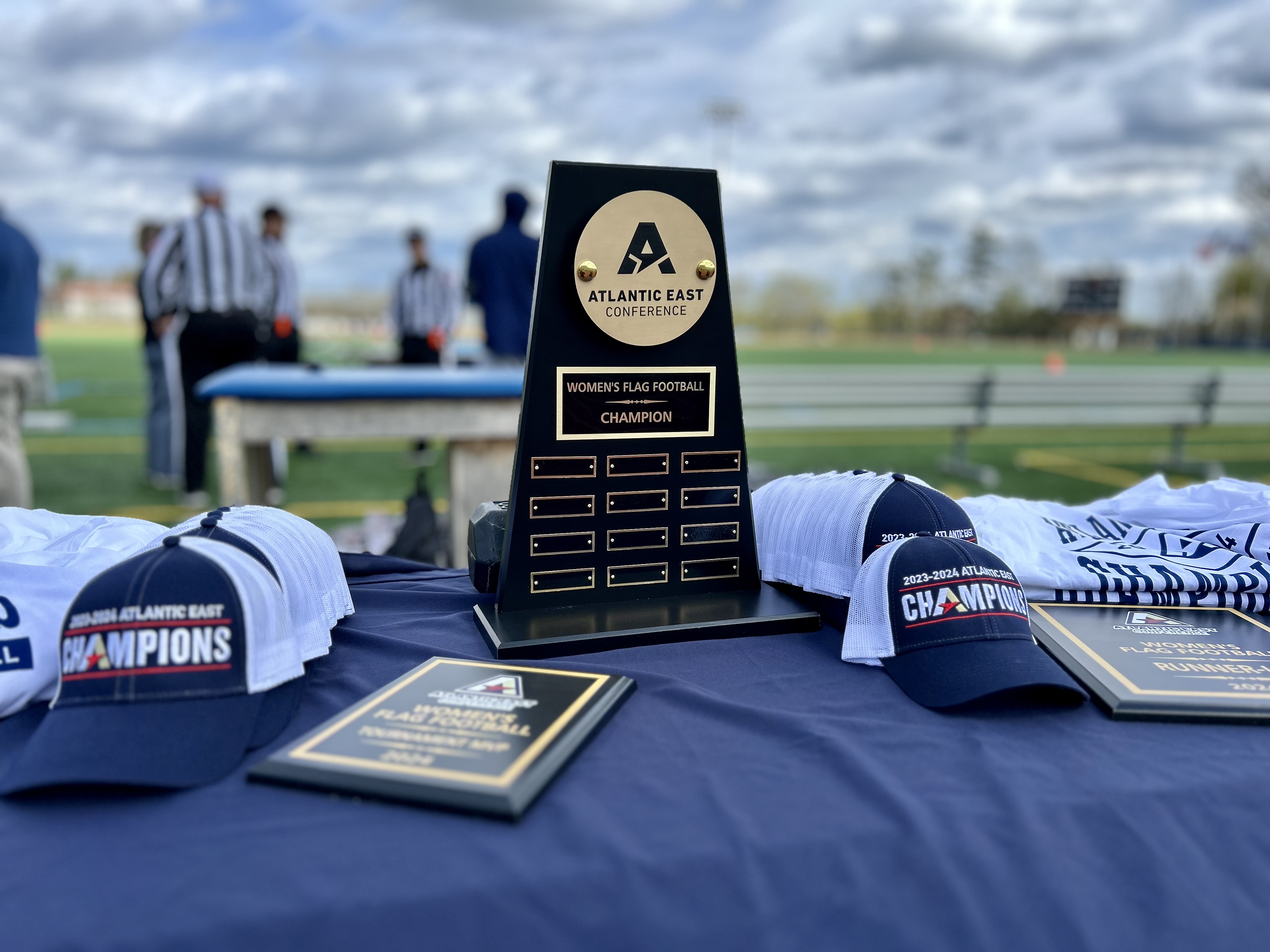Capturing what’s happening now to capture evil-doers quickly was a recurring theme in the flurry of products being shilled to police chiefs from around the world at this week’s International Association of Chiefs of Police conference in Philadelphia.
Among hundreds of suppliers set up inside the Expo Hall of the Pennsylvania Convention Center, there was plenty of video and surveillance technology to target and track suspects.
A real-time crime tracking system, developed by Motorola and currently in beta testing, could pull-in video from different, unconnected surveillance systems – like at schools, hospitals and even corner stores – and be tied to an emergency call. Dispatchers can then relay still photos of a potential suspect or even streaming live video to a patrol car, command center or any other wireless device to give responding officers the most up-to-date information as they search for a doer.
“So now I’ve seen the person. I see them with a gun in the store and I’ve tied this right to that dispatch call,” said Motorola’s Tony Soretto. “So that officer, as he’s coming to the scene…now he can see whose actually committing the crime. And I can type in here ‘Still in store, has gun, be careful’…and I can stay in touch with him.”
Philadelphia does have a similar real-time center which has access to SEPTA's surveillance system and city-owned cameras as well as automatic license plate readers on patrol cars.
Law enforcement officials are increasingly turning to social media networks to find clues from crimes, witnesses and try and predict where an incident might happen.
A social media monitoring tool from LexisNexis will let detectives drop a geofence – or set geographical area – and retrieve every tweet and Instagram post from that location over a period of time. Investigators can also monitor hashtags, have the system look for keywords to be notified about and track the movements of individual accounts that have GPS tagging enabled.
Local
Breaking news and the stories that matter to your neighborhood.
“So what this is going to do is identity tracking over the past 12 hours of any geo-based tweets or Instagram photos and kind of give you where they’ve been. You’re trafficking. You’re watching where they’ve been for the past six months and see them move across the country back-and-forth,” said LexisNexis manager Mark Loizzo.
Recently released, the tool was used in a beta form to help with the investigations of the Boston Marathon bombing and Washington Navy Yard shooting, according to Loizzo.
There are plenty of videos, shot by citizens, showing officers making arrests and getting into scuffles with individuals, but departments are increasingly adding wearable cameras to the standard police uniform.
“From the officer’s point-of-view, it helps level the playing field, avoids the he said, she said and then from a [police] agency standpoint it also helps from an image perspective,” Vievu VP of Sales and Marketing John Utley said. “We the civilians see one thing, but helps the civilians see the other side.”
Vievu, founded by former police officers, sells a small square camera called the LE3 that starts recording with the flip of a switch and will keep recording for up to four hours. Utley says the video is encrypted on the camera and cannot be extracted without being paired to a department’s computer.
The weapons law enforcement use have also gotten upgrades – packing in military-grade technology for local forces.
Taking a cue from a fighter jet tracking system, the folks at TrackingPoint developed a motion tracking rifle able to follow a target moving at up to 10 m.p.h. The rifle helps take in to account wind speed and other calculations and the scope features a heads-up display similar to what someone would see in a video game.
“Our ballistic calculation allows unparalleled accuracy at out to 1,000 yards, even for first time shooters, drastically increasing first shot success probability,” TrackingPoint’s Oren Schauble said.
Arguably the most bizarre weapon on display was the A-WASP – a non-lethal acoustic gun that uses directed amplified audio waves to induce discomfort. The 20-pound bright yellow device looks like something a super-villain might use.
Rodger Davies, Director of Cerberus Black, the U.K. company developing the gun, says calls the sound it produces a “very nasty sound” that makes a person feel like the sound is “rattling inside your brain.” However, he says, it's not harmful.
“The decibel level is below OSHA and NIOSH standards for hearing protection in the workplace,” Davies said. “We sort of see this fitting between on a spectrum of a cop giving a verbal warning and then going to use pepper-spray or tasers…this fits in the gap.”
While it deters people with sound, the A-WASP also records video to provide evidence that officers were justified in its use.
“The cop using it can show ‘Listen, I gave him a 110-decibels (about the same sound level produced by a power saw) and he was a hundred feet away, so it was no problem,’” he said.
Contact Vince Lattanzio at 610.668.5532, vince.lattanzio@nbcuni.com or follow @VinceLattanzio on Twitter.



